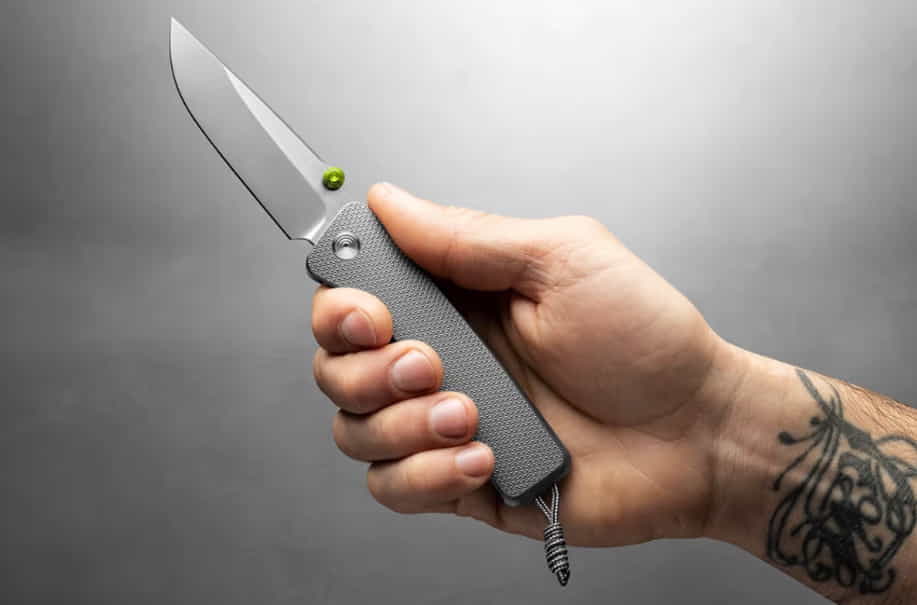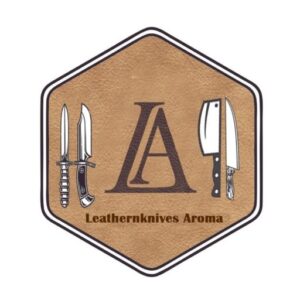Knives are one of humanity’s oldest and most versatile tools. They have evolved from simple stone blades to intricate, multifunctional tools that can handle a wide range of tasks. Among the many types of knives available, the folding knife stands out as a practical and portable choice for everyday use. Whether you’re a seasoned outdoors enthusiast, a survivalist, or simply looking for a reliable tool to carry with you, choosing the perfect folding knife for every situation requires careful consideration. In this guide, we’ll explore the key factors to keep in mind when selecting the right folding knife to suit your needs.
1. Consider Your Intended Use
The first step in choosing the perfect folding knife is to determine your primary use case. Folding knives are incredibly versatile and can be tailored to different tasks based on their design and features. Here are a few common use cases to consider:
-
Everyday Carry (EDC):
If you plan to carry your folding knife daily for tasks like opening packages, cutting rope, or basic utility work, opt for a compact and lightweight model. A blade length of 2.5 to 3.5 inches is usually ideal for EDC.
-
Outdoor and Survival:
For outdoor enthusiasts, hikers, campers, and survivalists, a folding knife with a longer, robust blade is crucial. Look for knives with blade lengths ranging from 3.5 to 5 inches and features like a serrated edge, firestarter, or glass breaker for added functionality.
-
Tactical and Self-Defense:
If personal protection is your primary concern, choose a folding knife designed for tactical use. These knives often have quick deployment mechanisms, durable materials, and ergonomic grips.
-
Specialized Tasks:
Certain folding knives are designed for specific tasks like hunting, fishing, or woodworking. These models may have unique blade shapes or features tailored to their intended use.
2. Blade Material and Edge Type
The blade is the heart of any folding knife, and its material and edge type greatly influence its performance. Common blade materials include stainless steel, carbon steel, and high-tech alloys like S30V or S35VN. Each material has its advantages:
Stainless Steel: Offers corrosion resistance and durability, making it a good choice for general-purpose knives.
Carbon Steel: Provides excellent edge retention and is easier to sharpen but requires more maintenance to prevent rust.
High-Tech Alloys: These offer a balance of corrosion resistance, edge retention, and toughness, making them popular among enthusiasts.
The edge type is equally important. Consider whether you want a plain edge for clean slicing, a serrated edge for cutting tough materials, or a combination edge that provides the best of both worlds.
3. Locking Mechanism
Folding knives come with various locking mechanisms to secure the blade in the open position. Common types include liner locks, frame locks, lockbacks, and more. Choose a locking mechanism that you are comfortable with and that provides reliable security to prevent accidental closure while in use.

4. Opening Mechanism
The method of opening the knife can significantly impact its usability. Some popular opening mechanisms include:
Thumb Stud: Allows for one-handed opening with a simple thumb push.
Flipper: A protrusion on the blade that can be flicked to open the knife quickly.
Assisted Opening: Utilizes a spring or mechanism to partially open the blade when pressure is applied to the thumb stud or flipper.
Manual Opening: Requires manual manipulation of the blade to open it.
Choose an opening mechanism that suits your dexterity and preference.
5. Handle Material and Ergonomics
The handle material plays a crucial role in the knife’s durability and comfort during use. Common handle materials include:
G-10: A durable and lightweight composite material.
Titanium: Known for its strength and corrosion resistance.
Wood: Provides a classic, natural look but requires more maintenance.
FRN (Fiberglass Reinforced Nylon): Lightweight and affordable.
Ensure that the handle design offers a secure grip, ergonomic shape, and comfortable feel in your hand.
6. Pocket Clip and Carry Options
Consider how you plan to carry your folding knife. Many models come with pocket clips for convenient and discreet carry. Adjustable pocket clips and various carry positions (tip-up, tip-down, left-hand, right-hand) add to the knife’s versatility.
7. Budget
Folding knives come in a wide range of price points. While quality often correlates with price, there are many excellent budget-friendly options available. Set a budget that aligns with your needs and preferences, and be prepared to invest a bit more for added quality and features.

8. Legal Considerations
Before purchasing a folding knife, familiarize yourself with local laws and regulations regarding blade length, locking mechanisms, and carrying restrictions. Ensure that your chosen knife complies with these laws to avoid legal issues.
Conclusion
Choosing the perfect folding knife for every situation involves careful consideration of your intended use, blade material, locking and opening mechanisms, handle material, pocket clip, budget, and legal restrictions. Take the time to research and select a folding knife that suits your needs and preferences, as a well-chosen folding knife can be a reliable companion in various situations for years to come. Remember, the perfect folding knife is the one that best fits your unique requirements and feels like an extension of your hand when you hold it.
